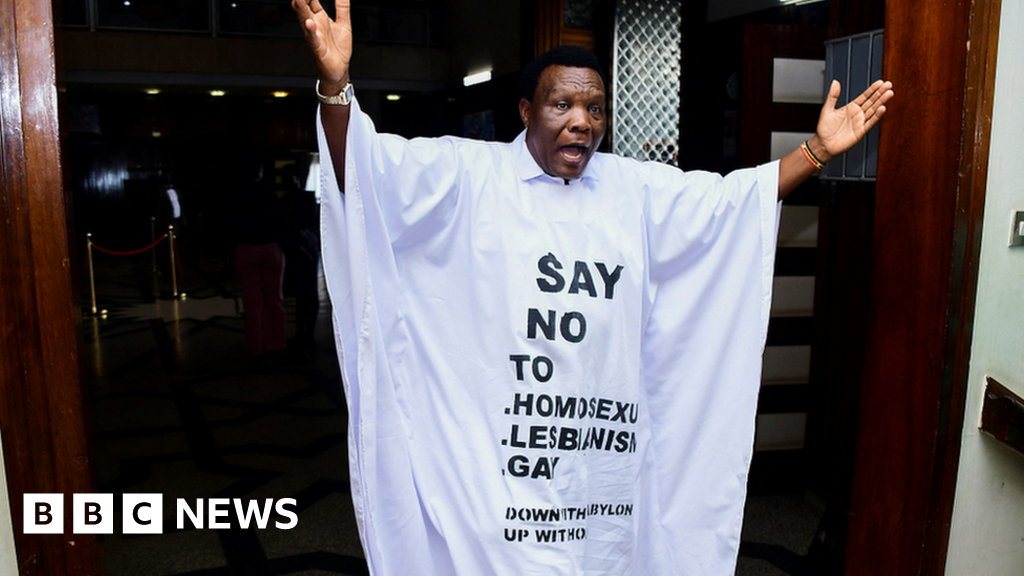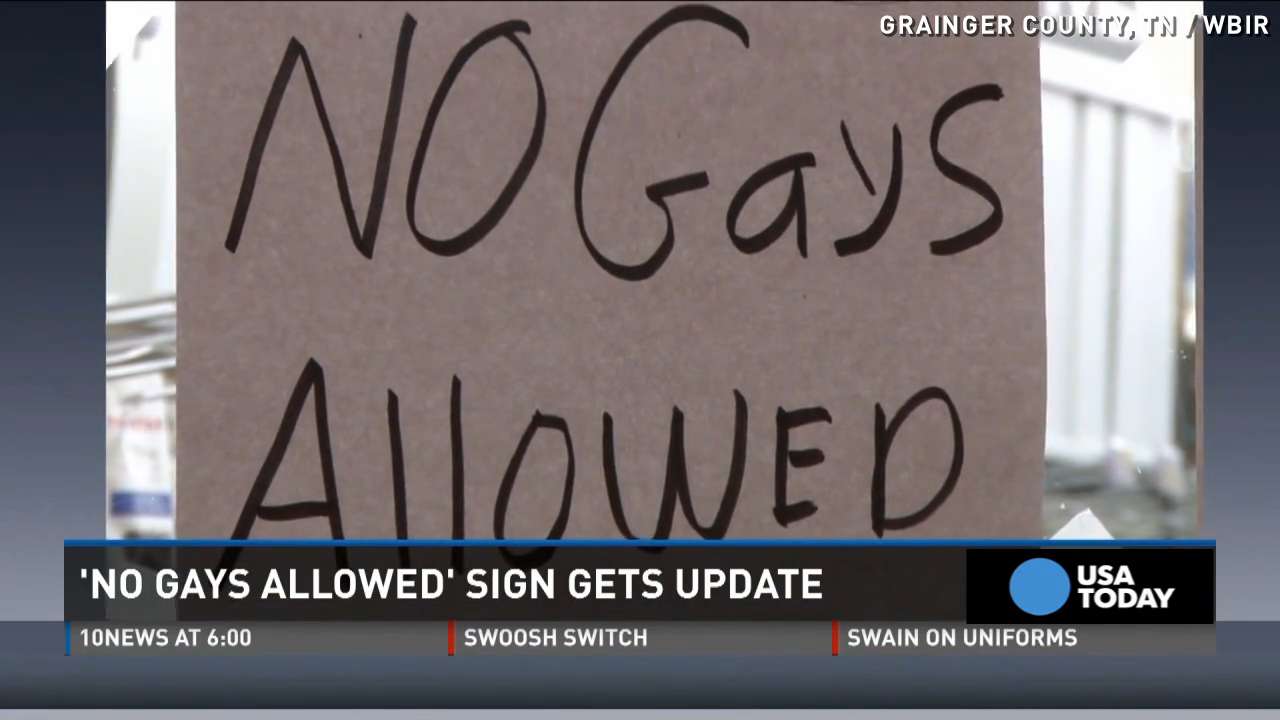Understanding The Journey: "I'm Not Gay No More"
Exploring the phrase "I'm not gay no more" opens the door to a deep dive into the complexities of sexual orientation, identity, and personal growth. This topic is not only relevant but also crucial for understanding the evolving nature of human sexuality. In this article, we will delve into the various dimensions of this statement, addressing its implications, the science behind sexual orientation, and how societal norms influence personal identity.
Sexual orientation is a deeply personal aspect of one's life, and it is not uncommon for individuals to experience changes or shifts in their understanding of their identity over time. The phrase "I'm not gay no more" often sparks curiosity and sometimes controversy, as it touches on sensitive topics surrounding sexual fluidity and self-identification. As we explore this subject, it is important to approach it with empathy, respect, and a commitment to understanding the nuances involved.
This article aims to provide a comprehensive overview of the topic, addressing the key questions and concerns that arise when discussing sexual orientation and identity. By examining the science, psychology, and societal factors at play, we hope to shed light on the complexities of this journey and offer support to those navigating similar experiences.
Read also:Unveiling The Girlfriend Of Tiger Woods A Comprehensive Look Into Their Relationship
Table of Contents
- Biography: Understanding Personal Stories
- Defining Sexual Identity: What Does It Mean?
- Exploring Sexual Fluidity
- The Science Behind Sexual Orientation
- The Impact of Societal Norms
- A Psychological Perspective on Identity Change
- Challenges Faced by Individuals
- Building Support Networks
- Conclusion: Embracing Identity
- Further Resources and Reading
Biography: Understanding Personal Stories
Personal Narratives
Every individual’s journey with their sexual orientation is unique. The phrase "I'm not gay no more" often arises from personal experiences where someone reevaluates their identity. To better understand this, let’s explore some personal narratives that highlight the diversity of experiences.
While we cannot provide specific biographical data in a tabular format, it is important to recognize that these stories often involve elements such as:
- Self-discovery processes
- Changes in relationships
- Shifting societal influences
Defining Sexual Identity: What Does It Mean?
Key Concepts in Sexual Identity
Sexual identity refers to how an individual perceives and labels their own sexual orientation. This can include terms such as gay, straight, bisexual, or other identities that reflect a person’s attractions and preferences. The phrase "I'm not gay no more" suggests a shift in this identity, which can occur for various reasons.
Understanding sexual identity involves recognizing that it is not a fixed state for everyone. Some individuals may experience changes throughout their lives, while others maintain a consistent identity. This fluidity is an important aspect of human sexuality.
Exploring Sexual Fluidity
What Is Sexual Fluidity?
Sexual fluidity refers to the idea that sexual orientation can change over time, influenced by factors such as emotional connections, life experiences, and personal growth. Research has shown that sexual fluidity is more common than previously thought, particularly among certain demographics.
Studies by the Kinsey Institute and other reputable organizations have highlighted the dynamic nature of human sexuality, challenging the traditional binary view of orientation. This understanding is crucial for fostering acceptance and reducing stigma around changes in sexual identity.
Read also:Supernanny Episodes A Comprehensive Guide To The Iconic Tv Show
The Science Behind Sexual Orientation
Biological and Psychological Factors
The science of sexual orientation is complex and involves a combination of biological, psychological, and environmental factors. While there is no single "gay gene," research suggests that genetics, prenatal hormones, and brain structure all play a role in determining sexual orientation.
Psychological factors such as early life experiences and social interactions also contribute to the development of sexual identity. Understanding these factors can help explain why some individuals may experience shifts in their orientation over time.
The Impact of Societal Norms
How Society Shapes Identity
Societal norms and cultural expectations can significantly influence how individuals perceive and express their sexual orientation. In many cultures, there is pressure to conform to traditional views of sexuality, which can make it difficult for people to explore or change their identity.
Media representation, religious beliefs, and legal frameworks all play a role in shaping societal attitudes towards sexual orientation. By challenging these norms and promoting inclusivity, we can create a more supportive environment for individuals navigating changes in their identity.
A Psychological Perspective on Identity Change
Understanding the Psychological Journey
From a psychological perspective, changes in sexual identity can be seen as a natural part of personal growth and self-discovery. Therapists and counselors often work with clients to explore these changes in a safe and supportive manner, helping them to understand and accept their evolving identity.
Key psychological concepts such as cognitive dissonance and identity theory can provide insights into why individuals may experience shifts in their sexual orientation. By addressing these issues in therapy, individuals can gain clarity and confidence in their identity.
Challenges Faced by Individuals
Overcoming Stigma and Misunderstanding
Individuals who express changes in their sexual orientation often face challenges such as stigma, misunderstanding, and even discrimination. The phrase "I'm not gay no more" can evoke strong reactions from others, particularly in communities where rigid views of sexuality prevail.
It is important for society to recognize that changes in sexual identity are valid and should be respected. Education and awareness campaigns can help reduce stigma and promote acceptance of diverse experiences.
Building Support Networks
Creating a Supportive Environment
For individuals navigating changes in their sexual orientation, having a supportive network is crucial. This can include friends, family, support groups, and mental health professionals who understand and respect their journey.
Online communities and resources such as the Trevor Project, PFLAG, and other LGBTQ+ organizations offer valuable support and information for those exploring their identity. By connecting with others who have had similar experiences, individuals can find comfort and validation in their journey.
Conclusion: Embracing Identity
In conclusion, the phrase "I'm not gay no more" reflects the complex and dynamic nature of sexual orientation and identity. By exploring the science, psychology, and societal factors involved, we can better understand and support individuals who experience changes in their orientation.
We encourage readers to approach this topic with empathy and an open mind, recognizing the validity of each person’s journey. If you have questions or would like to share your own experiences, please leave a comment or explore our other articles on related topics.
Further Resources and Reading
For those interested in learning more about sexual orientation and identity, the following resources are recommended:
- Kinsey Institute: https://www.kinseyinstitute.org
- The Trevor Project: https://www.thetrevorproject.org
- PFLAG: https://www.pflag.org
These organizations provide valuable information, support, and resources for individuals and communities navigating issues related to sexual orientation and identity.


